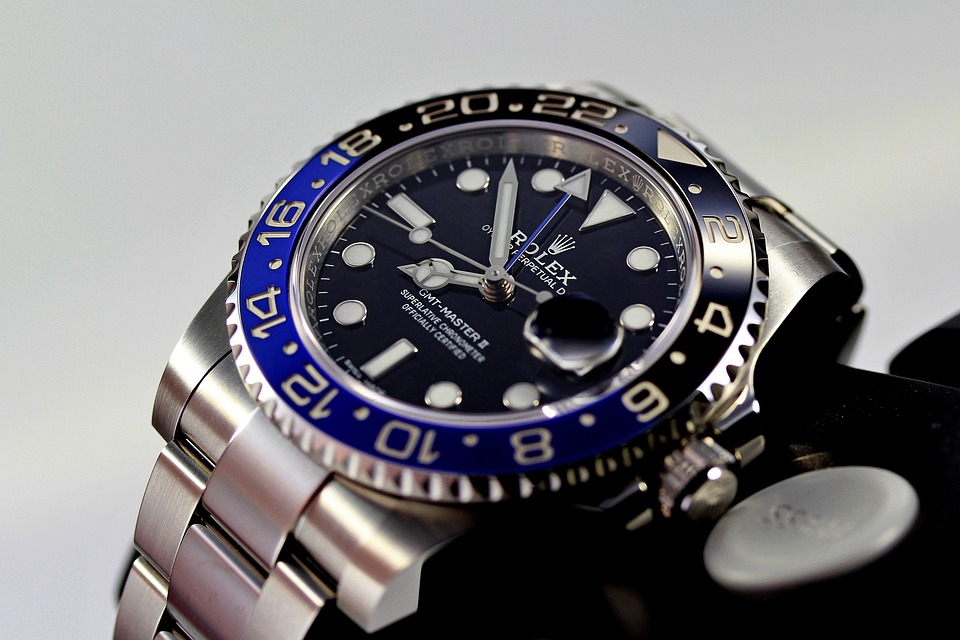How to Spot Real Moissanite Diamonds: Simple Tips for Everyday Shoppers
When shopping for diamonds, it’s important to know how to distinguish between genuine stones and their cheaper alternatives. One such alternative is moissanite, a popular diamond simulant that has gained popularity in recent years. Moissanite is a lab-created gemstone that closely resembles a diamond in appearance. While moissanite is a beautiful and affordable option, it’s essential to be able to spot the difference between a real diamond and a moissanite stone. In this article, we will provide you with some simple tips on how to recognize real moissanite diamonds, ensuring that you make an informed purchase.
Understanding Moissanite Diamonds
Before we dive into the tips for spotting real moissanite diamonds, let’s first understand what moissanite is. Moissanite is a gemstone that was discovered in 1893 by a French scientist named Henri Moissan. Initially, it was found in a meteor crater, but it is now synthesized in laboratories to create gem-quality stones. Moissanite has properties that closely resemble those of a diamond, such as brilliance, hardness, and durability. This is why it is often used as a diamond alternative in jewelry.
Quick Tips for Recognizing Genuine Stones
1. Brilliance and Sparkle: One of the easiest ways to spot a moissanite diamond is by its exceptional brilliance and sparkle. Moissanite has a higher refractive index than a diamond, meaning it reflects more light and produces more sparkle. When comparing a diamond and a moissanite side by side, you may notice that the moissanite appears to have a greater fire and brilliance.
2. Color: Another way to distinguish between a diamond and a moissanite is by looking at the color. While diamonds can come in different colors, they are generally known for their colorlessness or white appearance. On the other hand, moissanite tends to have a slight yellow or gray tint, especially in larger carat sizes. If you notice any significant color differences, it is likely that you are looking at a moissanite stone.
3. Double Refraction: Moissanite has a unique optical property called double refraction. When you look through a moissanite stone, you may see a doubling effect or a slight blurriness. This is due to the way light is refracted within the stone. Diamonds, on the other hand, do not exhibit this double refraction effect, so if you notice any doubling or blurriness, it is likely a moissanite.
4. Hardness: While moissanite is a durable gemstone, it is not as hard as a diamond. Diamonds have a hardness rating of 10 on the Mohs scale, while moissanite falls at 9.25. This means that moissanite is slightly more prone to scratching and abrasions. If you notice any scratches or signs of wear on the stone’s surface, it is more likely to be a moissanite.
5. Price: Lastly, the price can be a significant indicator of whether you are dealing with a diamond or a moissanite. Diamonds are generally more expensive than moissanite, so if you come across a “diamond” that seems too good to be true in terms of price, it is likely a moissanite or another diamond simulant.
Conclusion
Spotting real moissanite diamonds doesn’t have to be a daunting task. By paying attention to the brilliance, color, double refraction, hardness, and price, you can easily differentiate between a moissanite and a diamond. Remember that moissanite is a beautiful and affordable alternative to diamonds, and it is a personal choice whether you prefer the characteristics of a diamond or the unique properties of moissanite. Happy shopping!

